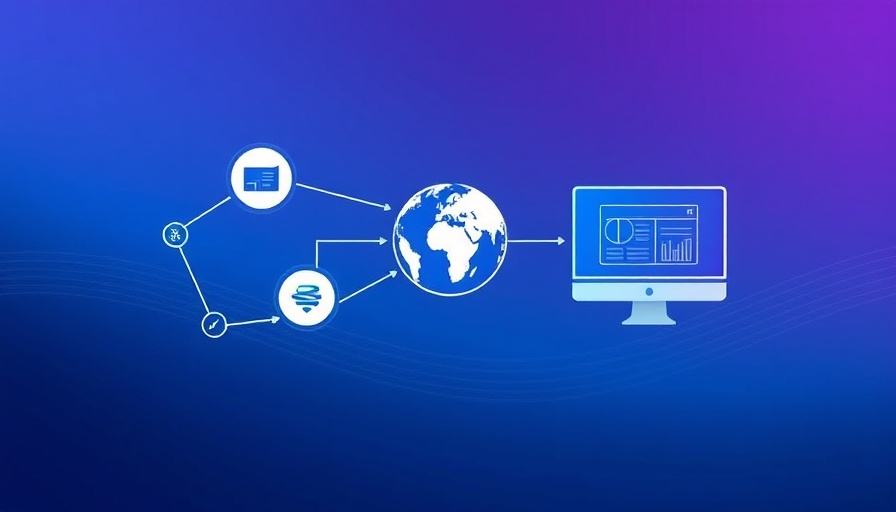
Breaking New Ground in AI: Introducing Magma
Imagine the fusion of human-like reasoning and seamless digital-physical interfacing within AI systems. This ambitious vision is coming to life through Microsoft Research's groundbreaking initiative, Magma. This novel multimodal AI foundation model is poised to redefine how we understand digital interactions and robotic capabilities, marking a pivotal shift in AI’s ability to act across varied environments.
What Makes Magma Stand Out?
Magma is designed as a versatile AI agent capable of processing diverse inputs—visual, textual, and spatial—allowing it to navigate complex tasks in both digital environments, such as user interfaces, and physical spaces, like robotic manipulation. Utilizing the innovative Set-of-Mark (SoM) and Trace-of-Mark (ToM) techniques, it excels at understanding contextual tasks by highlighting key elements and tracking dynamic actions across multiple scenarios.
The Power of Multimodal Foundation Models
In the realm of AI, foundation models like Magma represent the next generation of integrated systems that unify various forms of interaction. The ability to bridge the gap between virtual and physical worlds not only enhances user experience but also amplifies efficiency in automation and intelligent assistance. This paradigm shift could lead to practical applications in sectors such as healthcare, manufacturing, and customer service, where both digital navigation and physical task execution are essential.
Potential Applications and Use Cases
Consider a scenario where a service robot not only assists you in a commercial kitchen by organizing utensils but also interacts with its digital interface to adjust recipes in real-time based on changing inputs. By enabling machines to adapt and understand their environments holistically, the possibilities are vast—from aiding high-pressure environments like surgery to enhancing everyday tasks in smart homes.
Future Predictions: The Road Ahead for AI and Robotics
The arrival of Magma could herald new standards in the field of AI, shifting the focus towards agentic capabilities that not only interpret data but also act upon it intelligently. As organizations increasingly adopt sophisticated AI solutions, they will need to rethink their strategies around human-AI collaboration, leveraging these advanced tools for improved productivity and innovation.
Challenges and Considerations
While Magma's capabilities are impressive, it is essential to acknowledge the challenges of widespread implementation. The performance of AI systems like Magma relies on robust datasets for training and fine-tuning. Ensuring data quality and handling ethical considerations surrounding automated actions will be crucial for sustained success.
Taking Action: Embracing the AI Revolution
As executives and leaders, now is the time to evaluate how integrating AI technologies like Magma can transform operational efficiencies in your organizations. Embrace the foundational shifts represented by Magma and consider how similar models could enhance your strategic frameworks, lead to actionable insights, and navigate the complexities of modern industry.
To learn more about Magma and its unparalleled advancements, stay informed about developments from Microsoft Research and similar projects that aim to revolutionize AI capabilities.
 Add Row
Add Row  Add
Add 


Write A Comment